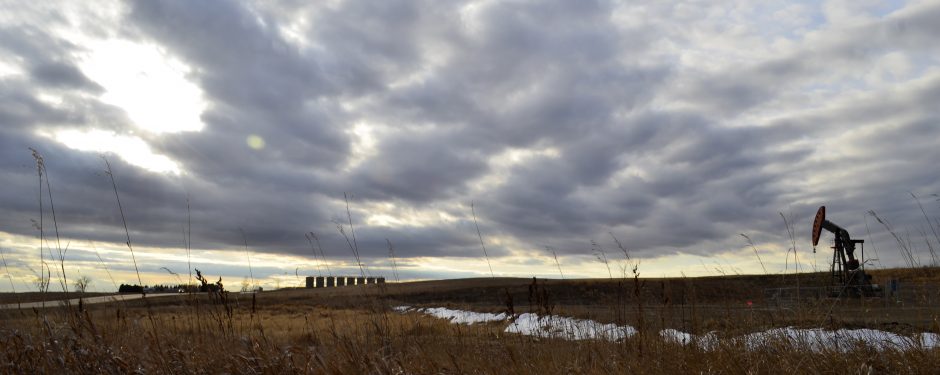
In the summer of 2015, North Dakota’s rig count dipped to 73, the fewest number of drilling rigs working in the state since 2009. In this post, we’re highlighting a series of stories focused on how people are coping with the downside of the boom. In “Going Good, Then The Rig Count Dropped,” (above) we hear from Steve Brown, owner of a water hauling company who is struggling to keep his small business from going under.
In “This Is Our New Home,” (below) we meet Kendra Hill. She moved to the Bakken with her husband a few years ago. Thanks to a high-paying oilfield job, the young couple could afford to start a family and buy a house. No matter what happens in oil country, they’re planning to stay in North Dakota.
(A 2016 update, courtesy of Reuters: In North Dakota’s Oil Patch a Humbling Comedown)
In “Hoping The Downplay Hurts The Greed,” (below) Don Williams offers up an unexpected side effect to the oil patch slowdown: lower prices. When the boom was churning at full speed, rents were too darn high. And now? Williams still has job at transload company in Ross, North Dakota, and things aren’t so expensive.
In 2015, Marketplace’s Annie Baxter also produced several stories on the downturn. Listen here:
Oil downturn takes men out of ‘man camps’
The oil economy, as measured in hot dogs and U-Hauls
North Dakota oilfield slowdown ripples across businesses
North Dakota oil town: Is it a bust or slowdown?
Leave a Reply
No related posts.
















